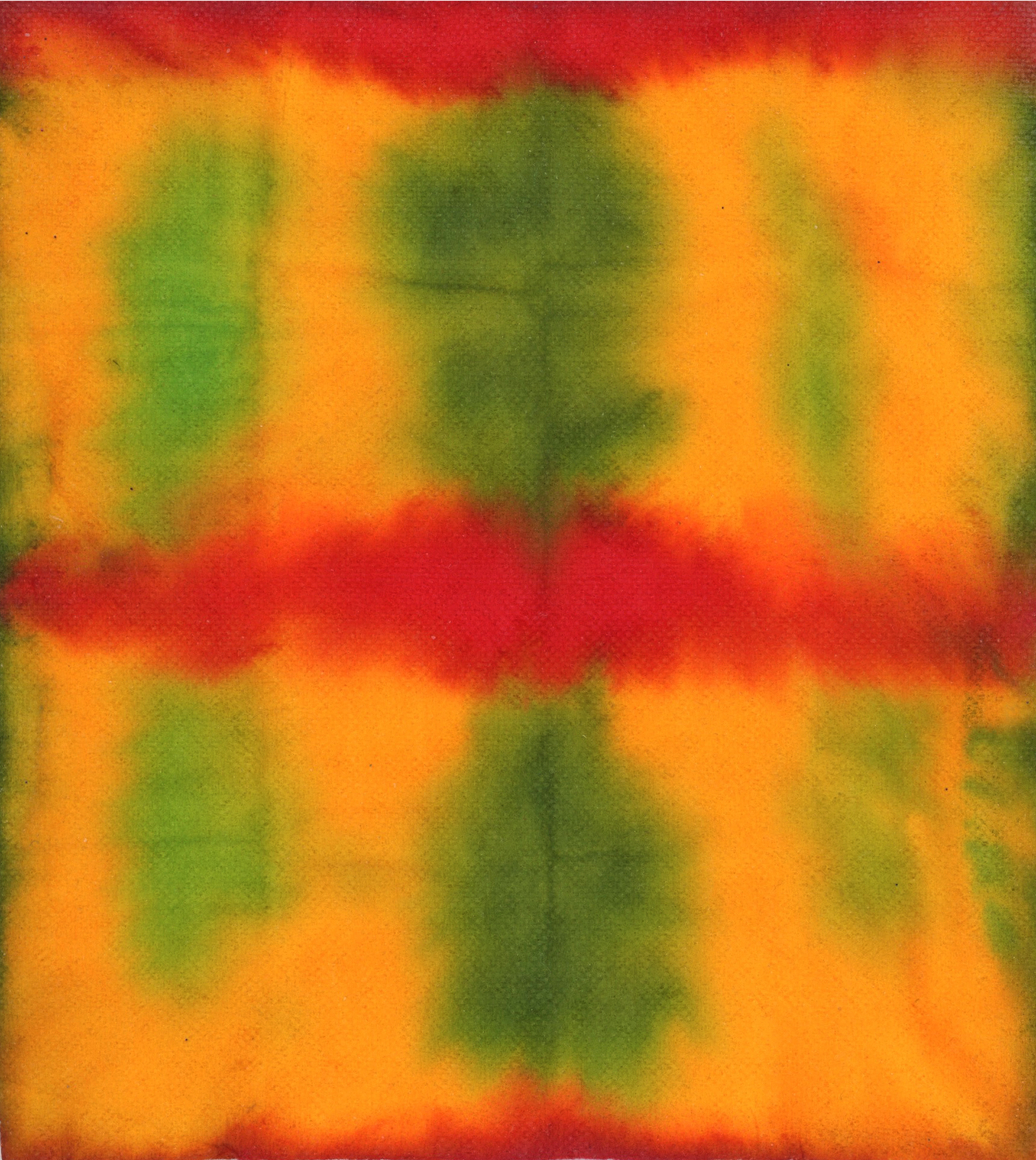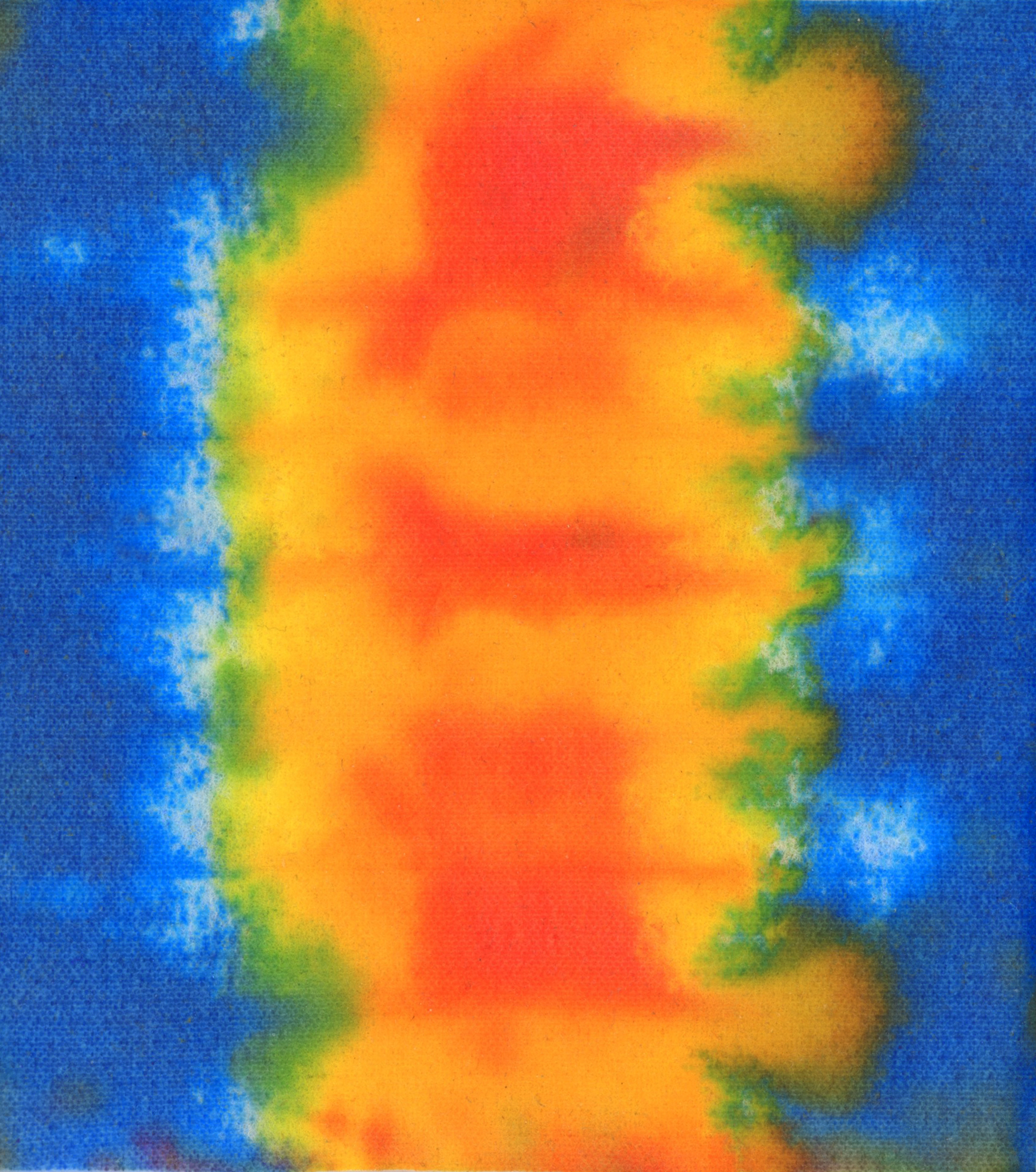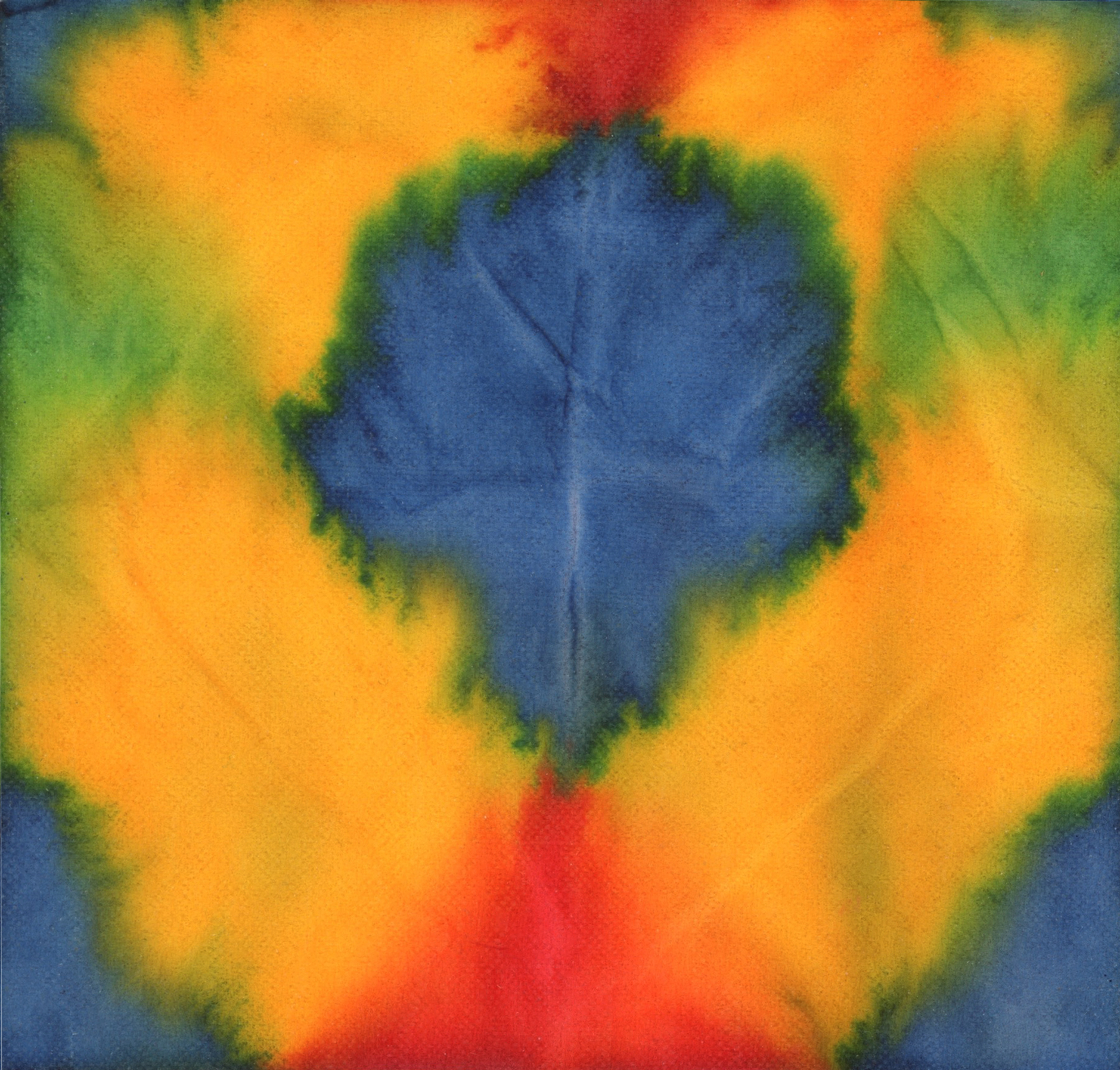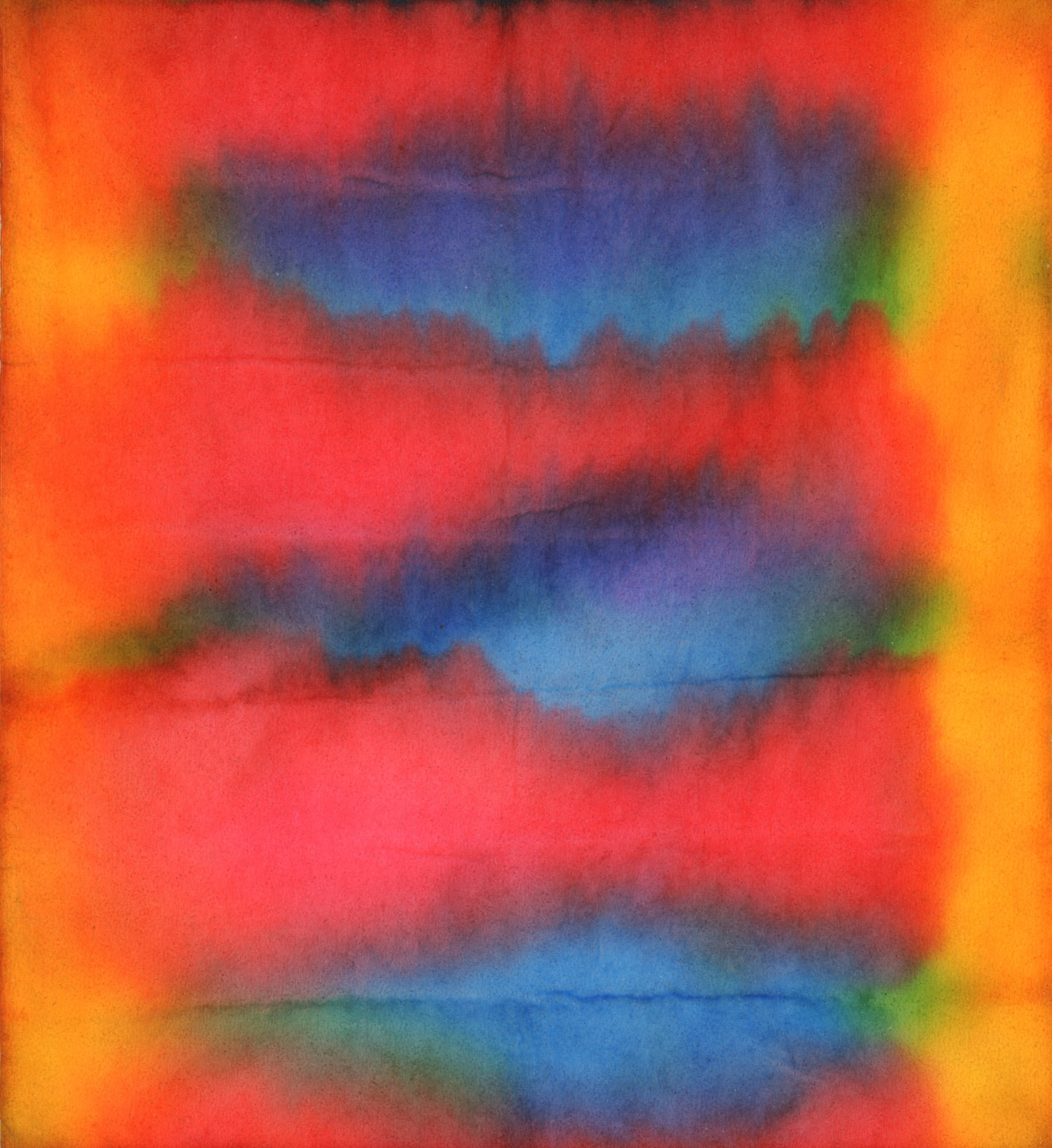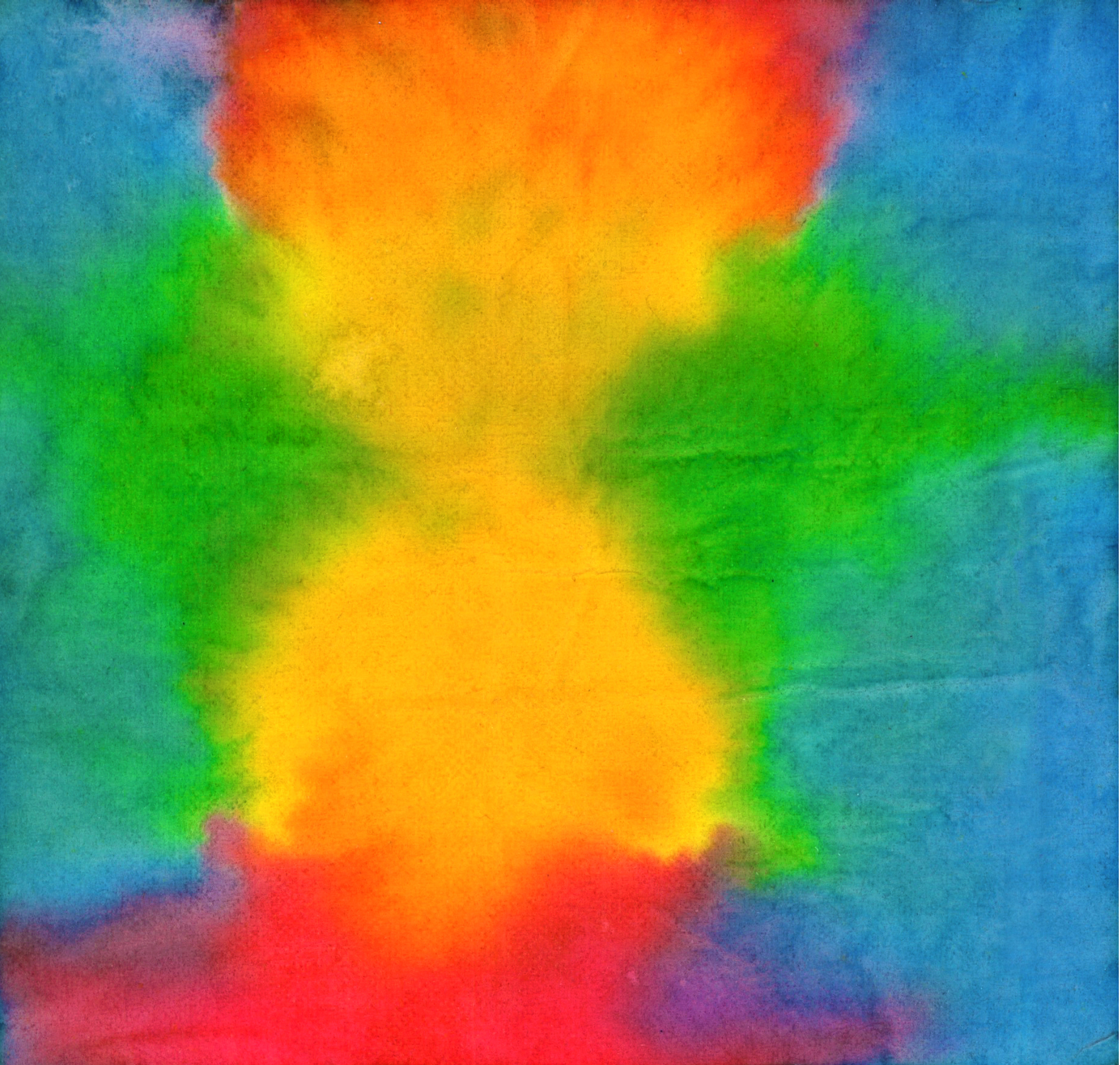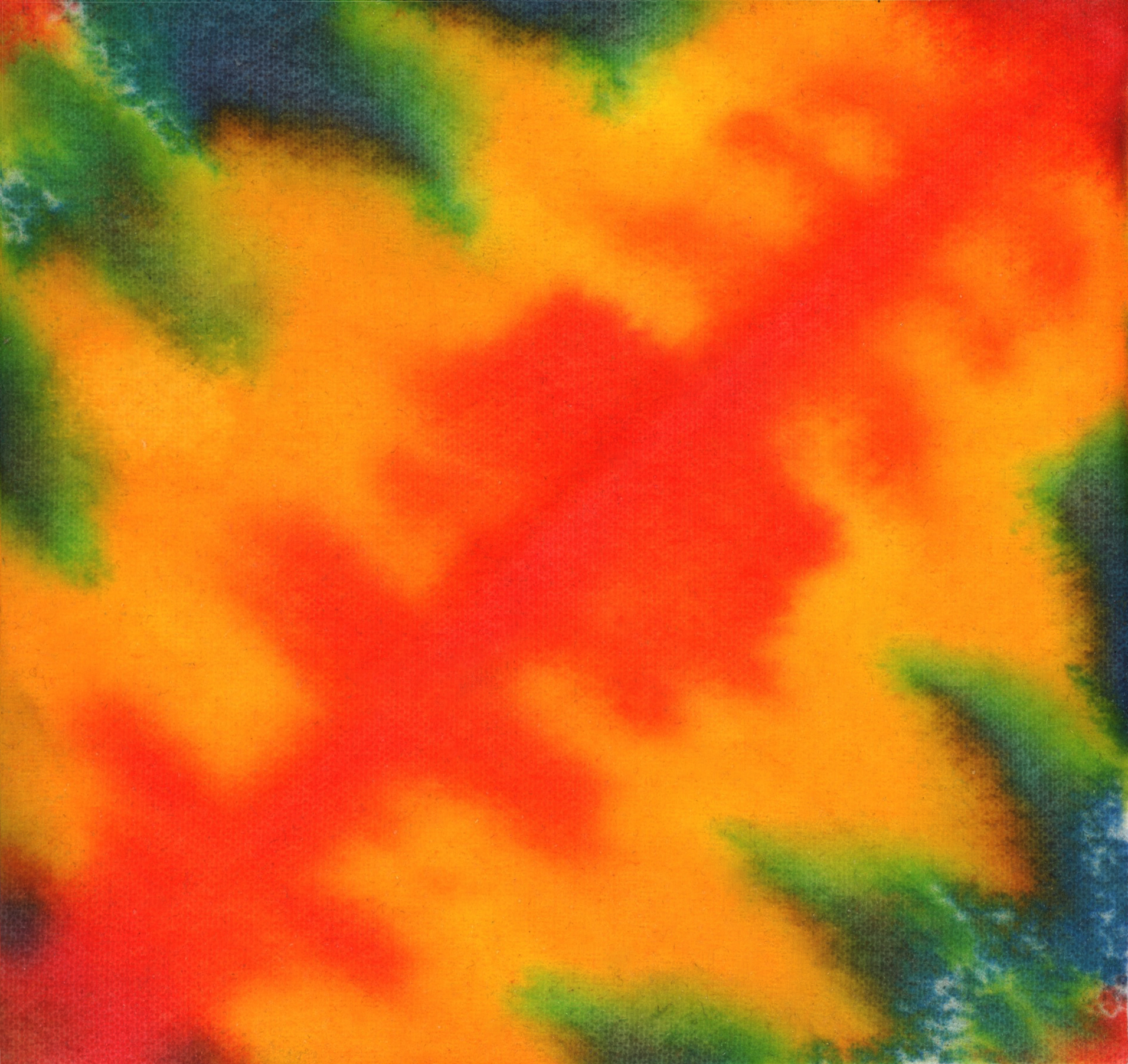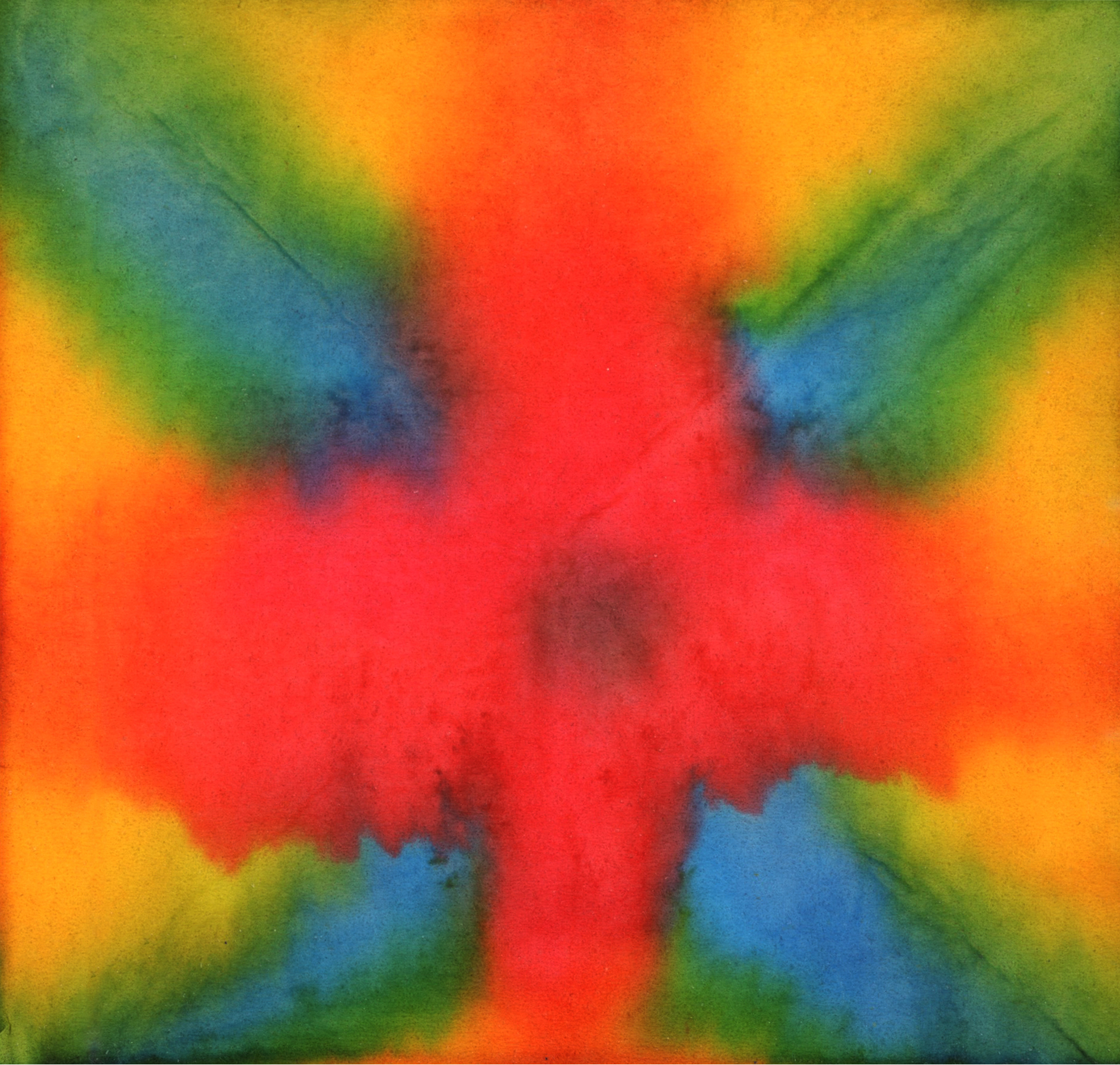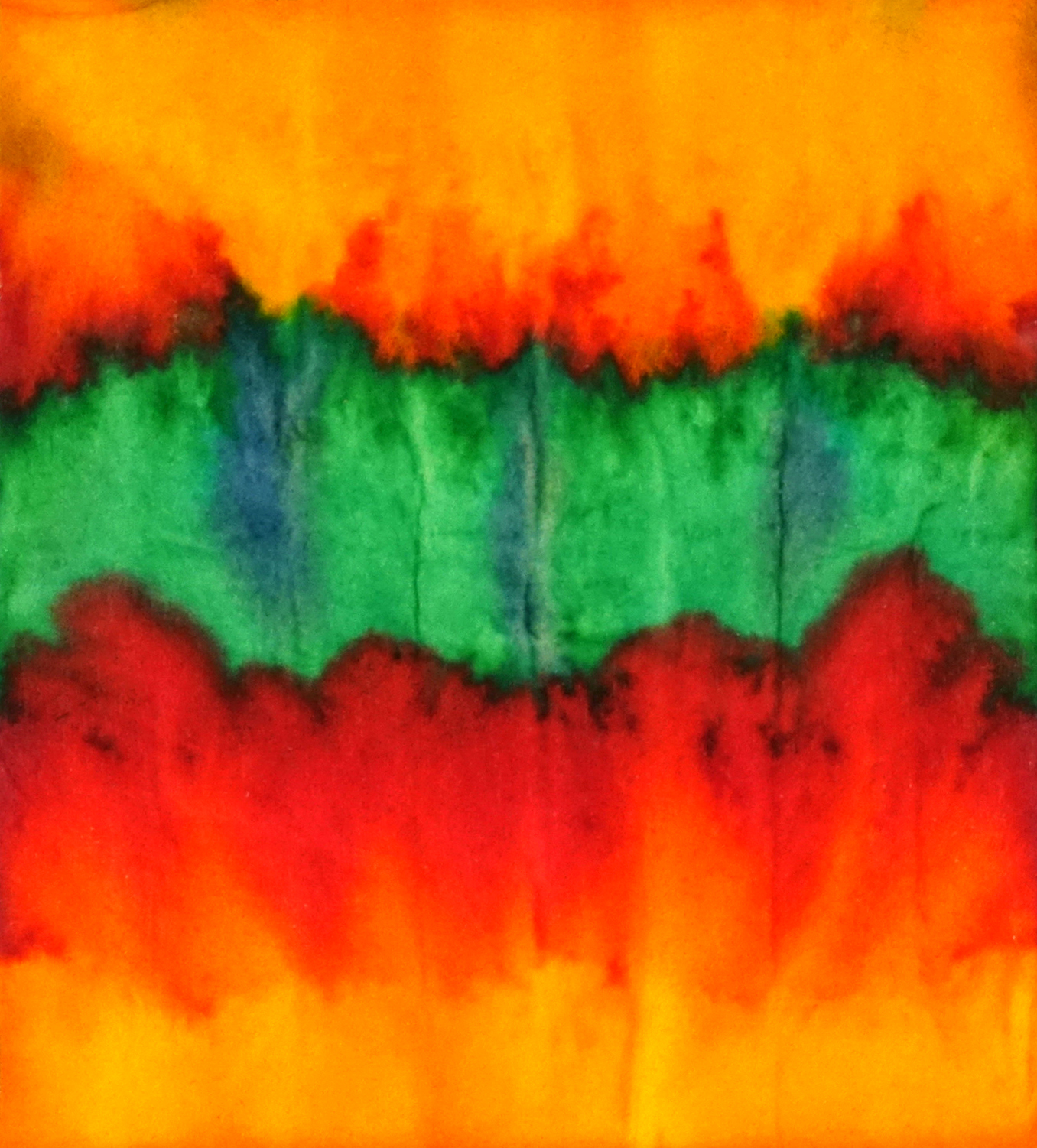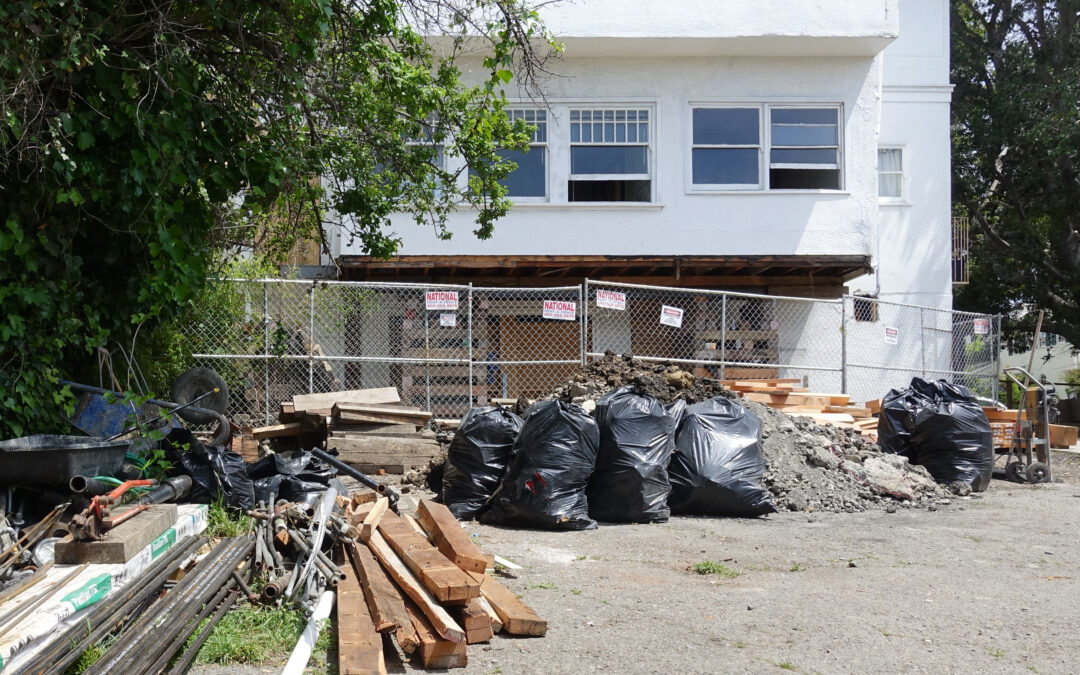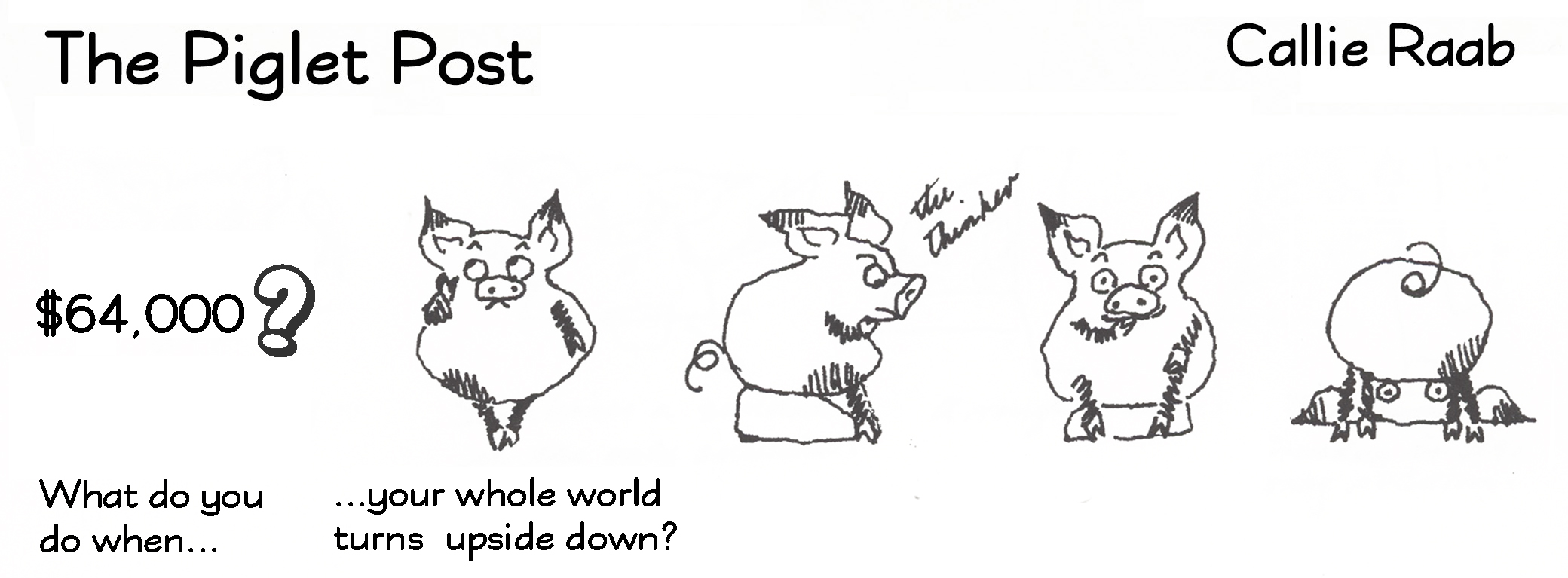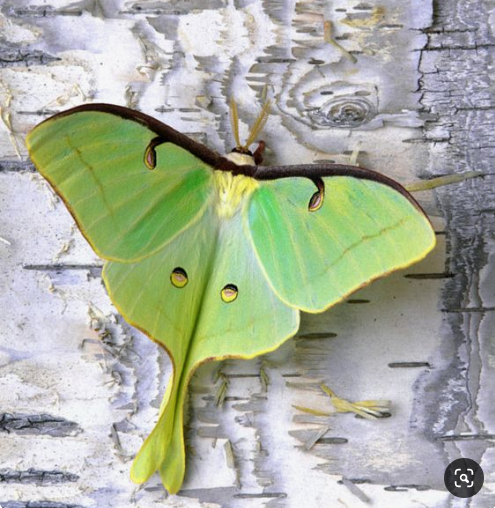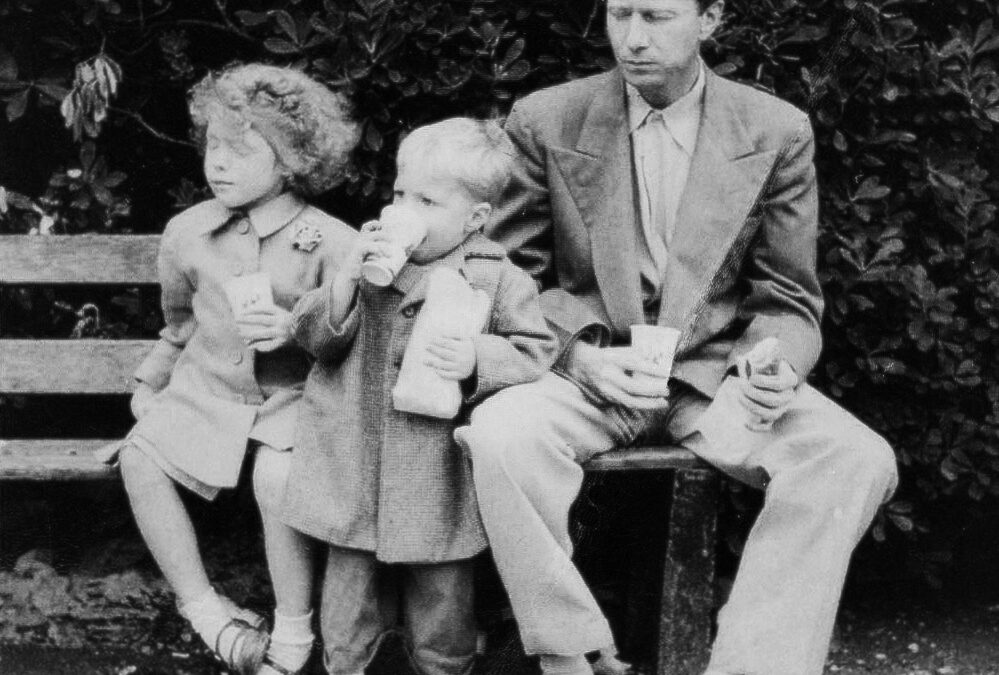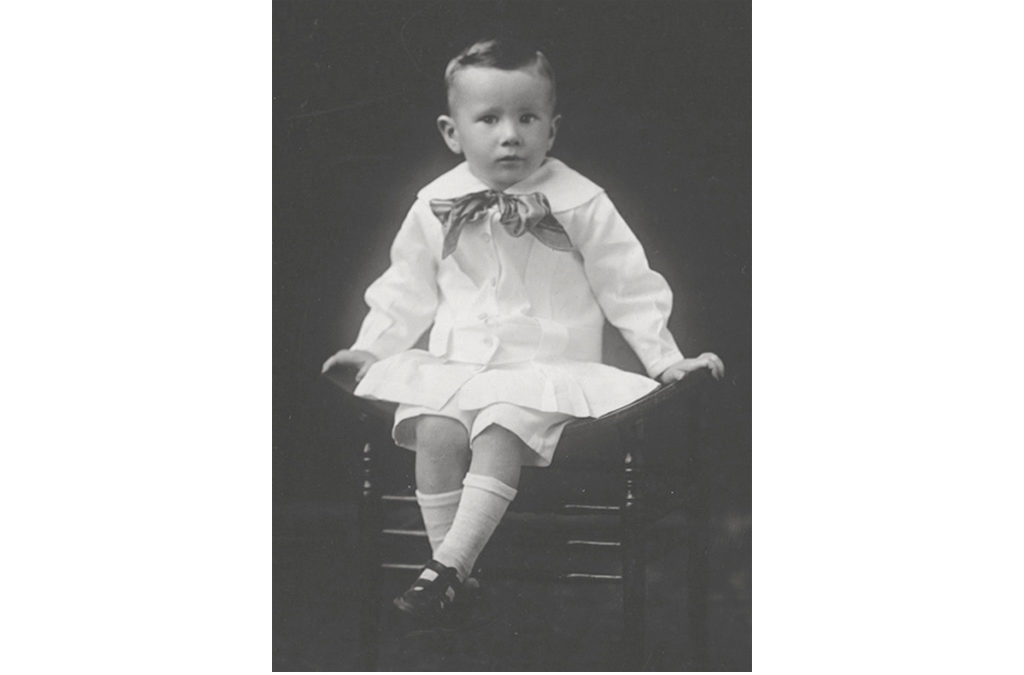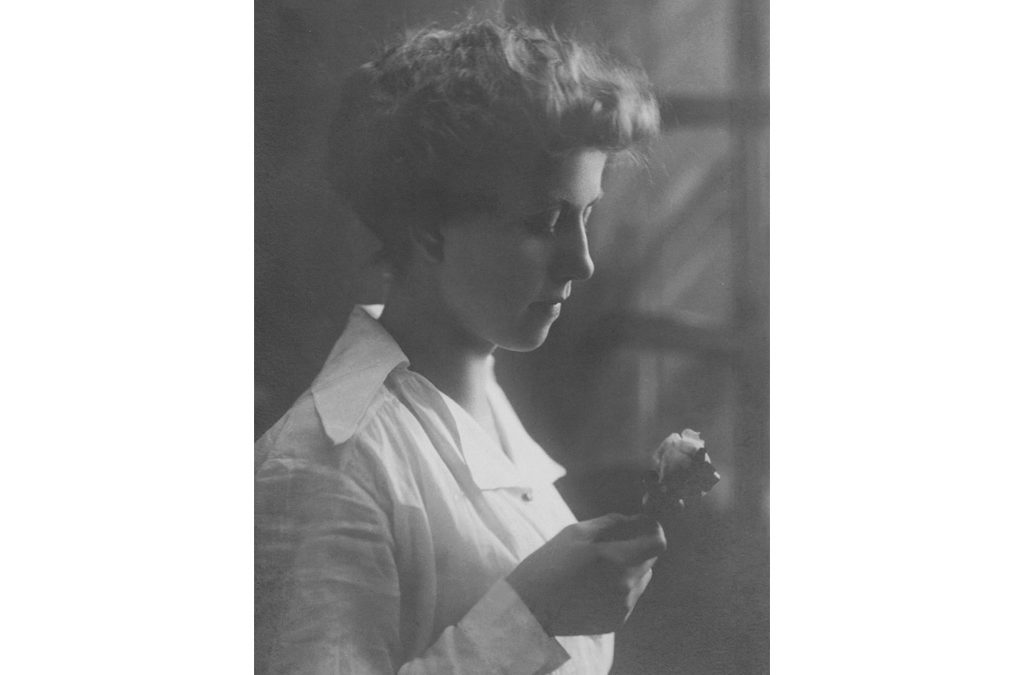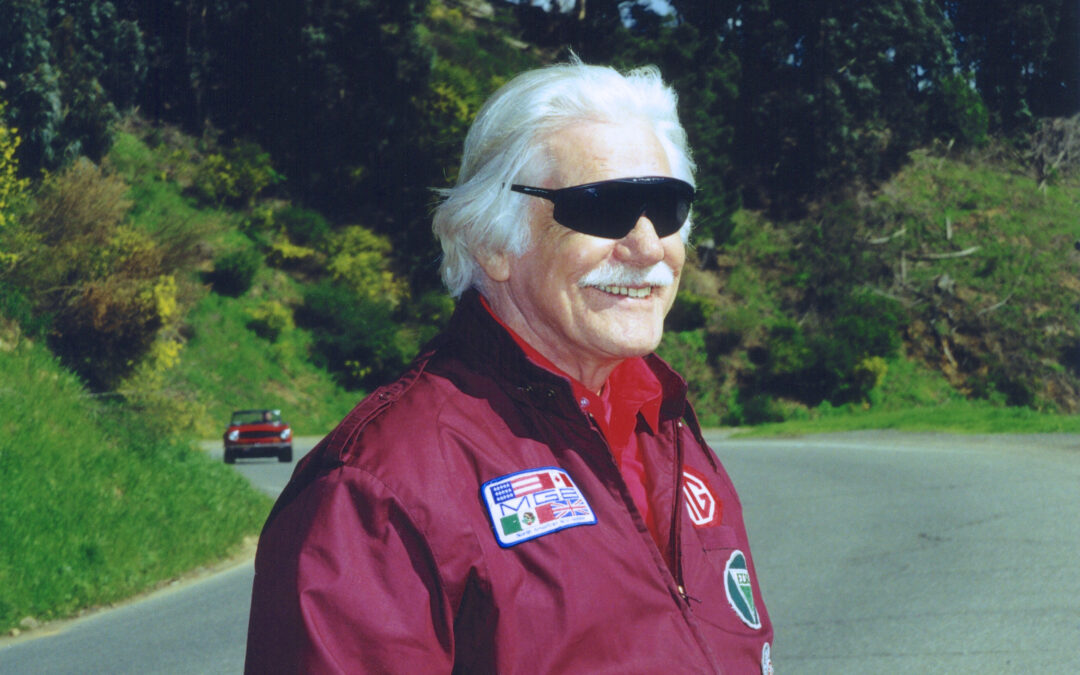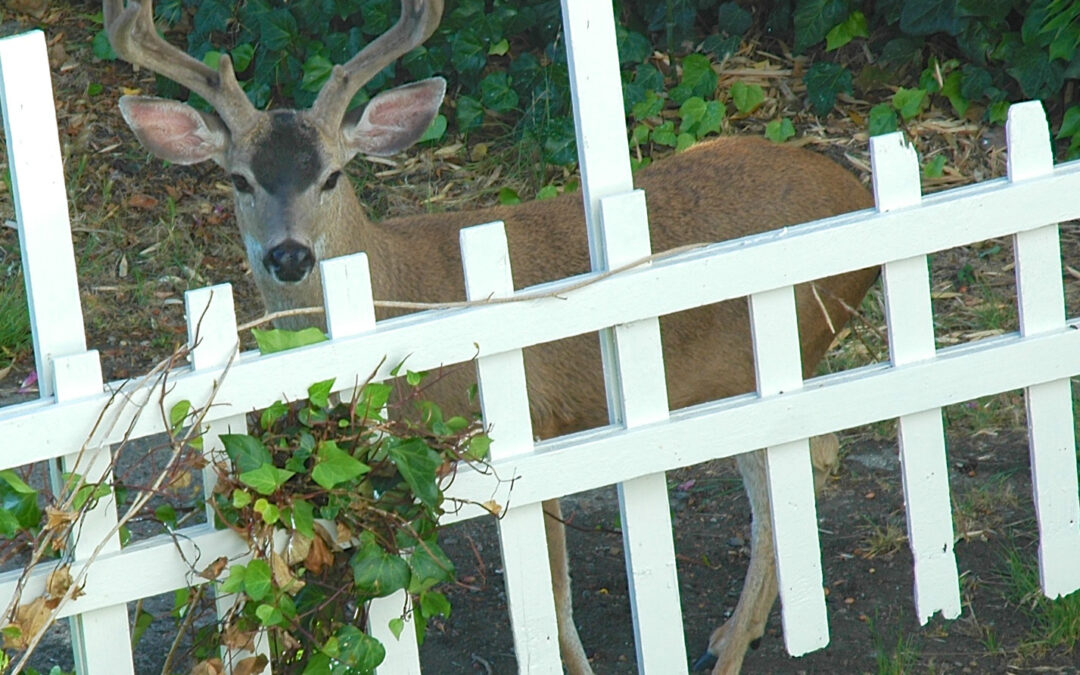Earl and I are tootling south along the coast highway in his truck; he’s telling me jokes about flying. Advice to a pilot (he was one in WWII): “Try to make the number of landings equal the number of takeoffs.” And “Helicopters can’t really fly—they’re just so ugly the earth repels them.” He’s wearing a new black shirt, instead of his usual red one with red suspenders. With his white beard shaved off, kids no longer mistake him for Santa Claus. His jaw and neck are still taut, I notice, and clean-shaven he looks years younger.
When his truck and the car on the cross street both start into the intersection at the same time, he sighs, “I don’t care which of us goes first; just so we don’t tie.” Behind an old lady who’s crawling along at fifteen miles an hour, he prods, “OK, now. You can pedal faster.”
We haven’t gone far before I spot strange constructions along the beaches below. They appear to be made of driftwood—too small for teepees, too big for bonfires. “Pull over!” I cry when I see a perfect little cove, trodden only by plovers. He does, but looks at me sorrowfully. That’s when I remember his leg is bothering him. So we drive on, out of the hills, to where the road is level with the sea, and pull in at Pescadero Beach.
Here the structures have more fanciful shapes. They’re shelters, I realize. An elderly man lies sleeping in one, while a couple picnics in another. They’re constructed all cockamamie with any kind of driftwood at hand—logs, tree roots, branches, planks—all worn smooth and gray, and cunningly leaned, stacked, and interlocked. Some are long and low tunnels; others have windows facing the water. Still others are too small for anyone but kids. “Welcome” is written on one, “Keep Out” scrawled on its child-sized annex. Charmed—they remind me of the forts I built in my childhood—I plop down in one, and Earl joins me, the two of us shielded from the wind.
Earl reminisces about his army days, saying that he may have been the youngest pilot in the Army Air Corps; he enlisted at eighteen, then was rushed through training, since the war was winding down. He flew C-37s—cargo planes—full of Jerry cans of fuel for the tankers that Patton abandoned when they ran out of gas.
The Americans flew in tight formation, he says, and joked about the British RAF’s lack of same, saying, “Same day, same direction.”
He describes the K-rations they lived on—cheese, crackers, and a slab of Spam—and the 1-in-10 rations—canned hash or spaghetti—they considered a luxury. They would poke the cans full of holes, so they wouldn’t explode, and heat them up by sticking them in a valve at the back of the plane. In the winter they washed their clothes in airplane fuel—they got cold, he explained, running around in their skivvies and it was a fast way to get the job done. Then they hung them out to dry on the wings of the plane.
After the war, he went to see With God as My Copilot with George, one of the navigators. “The way the author described his exploits,” Earl had said, “you would have thought he won the war single-handedly.” “No wonder God only made copilot,” George observed.
Since he hadn’t finished his tour of duty when the war ended, Earl flew feeder planes carrying refugees back to their native countries. Though the planes were designed to carry fifteen people at most, they were able to crowd in twenty-five to thirty because the refugees, concentration camp victims, were so emaciated none of them weighed more than a hundred pounds.
We decide to head south to Santa Cruz for dinner, but on the way we pass San Gregorio Beach, where I spot more makeshift shelters. Of course I have to go exploring them all. They’re more ambitious than the ones we saw before, the driftwood lashed together with cords of kelp and decoratively draped with seaweed like bunting. The sand is so fine, it feels silky to the touch, but it’s hard to walk on because of the sharp little fragments of driftwood scattered throughout.
Here the waves roll in in four or five tiers and the dark sand separates out from light in a chevron pattern, ranks of spearheads that diminish in size to tiny arrowheads at the water line. I pull up my pants legs as far as I can and go scampering in the surf, but not too far out because of “sneaker waves”—and because a great white shark was recently spotted at Stinson Beach to the north.
Later, in Santa Cruz, we have dinner on the pier and watch the fishing trawlers come in at sunset. Earl tells me the story of Vally, short for Valentine, a wealthy, eccentric widow he knew when he was living as a struggling painter in Greenwich Village. “If she wasn’t served promptly in a restaurant,” he said, “she’d take out her cigarette lighter and announce loudly, ‘Well, I guess it’s time to set fire to the menu.’”
On the way home, taking the coast highway again, there’s a single streak of cloud on the horizon that catches all the colors of the setting sun. The whole west is rosy-gold above the navy blue waves. I see the shadow of Earl’s truck racing along beside us, so clearly I can make shadow puppets. Sometimes it doubles suddenly—a tiny truck poised atop a larger one. Sometimes the shadow reaches half-way across the cultivated fields. I see an arrow of pelicans in formation, so I tell Earl about the wily bird I just learned about that perches atop the pelican’s forehead and, when its host lets the water out of its beak pouch before swallowing, it steals its catch. The highway is barely traveled now, the beaches deserted. When I remember those driftwood wind blocks in years to come, I muse to myself, I know I’ll always think of Earl—and the sheltering presence he has been in my life.

